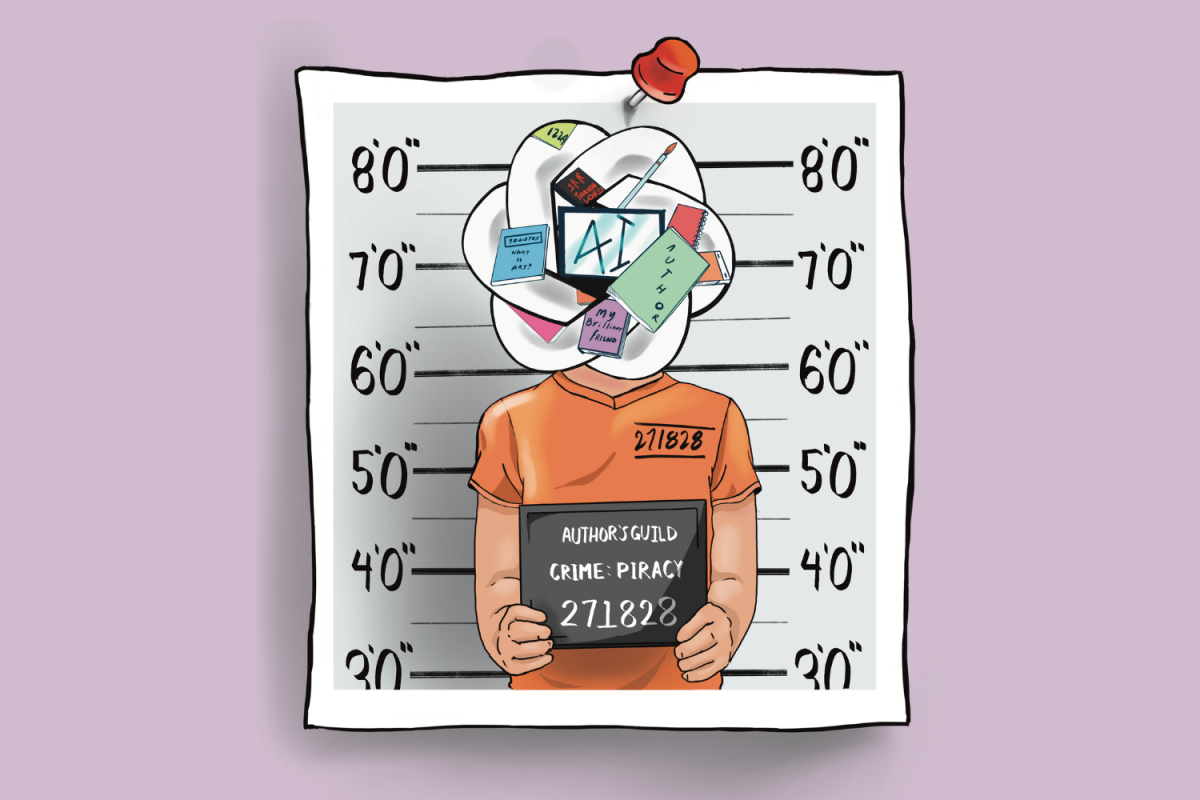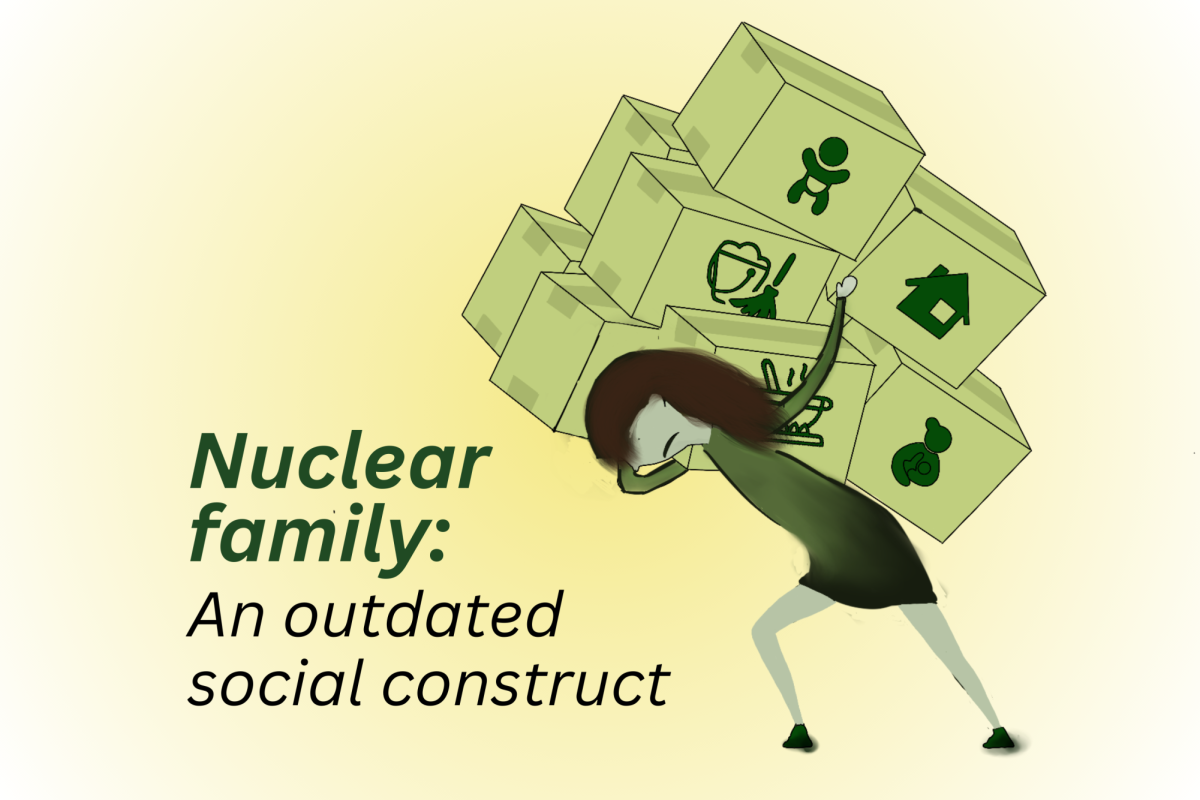Recent debate over budget proposals to fund The Bay Area Rapid Transit system and to replace legacy trains with new cars have turned public attention back onto this transportation network. Considering the discourse around recent changes to the system, it is an opportune time to dive back into BART’s history and lasting impact in shaping public transportation across the Bay Area over the past 50 years.
BART was originally proposed in 1946 as a potential solution to the intense traffic that plagued the Bay Bridge. While the initial idea was to build an underwater high-speed tube, little was done to execute the plan for several years due to a lack of a concrete plan and funding.
The first step taken toward BART’s construction was the founding of the BART Commission in 1951. The commission consisted of 26 members, with representatives from all nine counties around the Bay. In 1957, the commission declared that any transit plans they proposed must align with future plans of urban development in these counties. However, because no county was willing to create the urban development plans themselves, the committee was forced to draft the plans themselves alongside their transit plans. Through careful consideration and meticulous designing, a proposal for a high-speed rail network was born, linking major commercial centers across five counties: Alameda, Marin, San Francisco, San Mateo and Contra Costa.
Soon after the plans were approved, Marin County and San Mateo withdrew from the plan citing high costs. Forced to revise the layout, the new three-county system emphasized high-speed transit between San Francisco, the East Bay and the suburbs of Alameda and Contra Costa. After being approved by the supervisors of the counties, it was put on the ballot and required the approval of 60% of the District’s voters. The BART system was passed after receiving 61.2% of votes in favor of the plan, in spite of political analysts’ predictions that the measure would fail. Construction began almost immediately but was halted when a lawsuit was filed against the District, questioning the validity of the election and the District itself. Although the District won both cases, $12 million was lost due to delays. Despite many other setbacks that stalled the construction process, the plan stayed in action and BART was eventually ready for use in 1972.
Three months after opening day, BART faced its first major setback due to a failure in the Automatic Train Control system, killing four passengers. After extensive court hearings and accusations of mismanagement of the ATC program, the case was resolved when BART agreed to return to manual controls between stations and replace its old board of directors. In the following years, BART operated steadily, expanding its network of routes into the San Francisco Airport and Silicon Valley.
COVID-19 posed a new financial crisis for BART. Prior to the pandemic, over 70% of the operating budget was covered by passenger fares. Now, ridership has decreased to around 40% of its pre-pandemic status, forcing the BART to rely on a limited supply of federal emergency funds. Due to the financial setbacks of the pandemic, it is projected that there will be a $93 million operating deficit by 2024.
“The years beyond 2024 are when it really becomes difficult, BART is looking at yearly deficits of $300 million unless we find additional funding,” said Jim Allison, Media Relations Manager of BART.
Although the California Legislature has proposed a $1.1 billion bill to support public transportation programs including the BART, the bill is still under negotiation. Governor Gavin Newsom, faced with the pressures of a $32 billion budget deficit, wishes to cut transit funding for cost reduction.
More recently, BART has replaced its legacy fleet of trains with new cars that allow for faster transport and a better user interface. This transition was scheduled to be implemented by Sept. 11, 2023.
“The new fleet adds to a much more comfortable and reliable system because some of the legacy cars have been in service for over 40 years,” Allison said. “You can get on and off much faster because the new cars have three doors on each side.”




































































